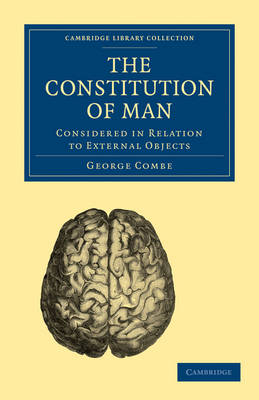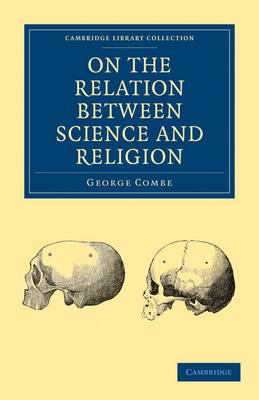Cambridge Library Collection - Science and Religion
2 total works
The Scotsman George Combe (1788-1858) was an energetic and vocal promoter of phrenology, natural philosophy, and secularism, who rose from humble origins to tour widely in Europe and the United States and become a best-selling author. His most famous book, The Constitution of Man, was published in 1828, and had sold approximately 350,000 copies, distributed by over 100 publishers, by 1900. It put forward Combe's version of naturalism, and was hugely influential - perhaps more so even than Charles Darwin - in changing popular understanding of the place of humanity in the natural order, as subject to natural laws (physical, organic and moral). Combe's essay illustrates the relations between these laws with a view to the improvement of education and the regulation of individual conduct. It stirred up enormous controversy for decades after its publication, and is central to the understanding of the philosophical and scientific debates of the Victorian period.
George Combe (1788-1858) rose from humble origins to tour widely in Europe and the United States lecturing on phrenology, the popular Victorian belief that character traits were determined by the configuration of the skull. His most famous book, The Constitution of Man, published in 1828, put forward a naturalist agenda and sold approximately 350,000 copies. In 1857, Combe published On the Relation between Science and Religion. He denounces dogmatism and sectarianism, and argues insistently that religious leaders should encourage the study of science as revealing God's governance. He proposes that phrenology sheds light on the divine purpose and moral laws through an improved understanding of the human mind, and criticises both scientists and religious leaders who maintain that higher thought has nothing to do with the brain. His book ranges widely across the concerns of Victorian educated classes, and addresses questions many of which still resonate today.

